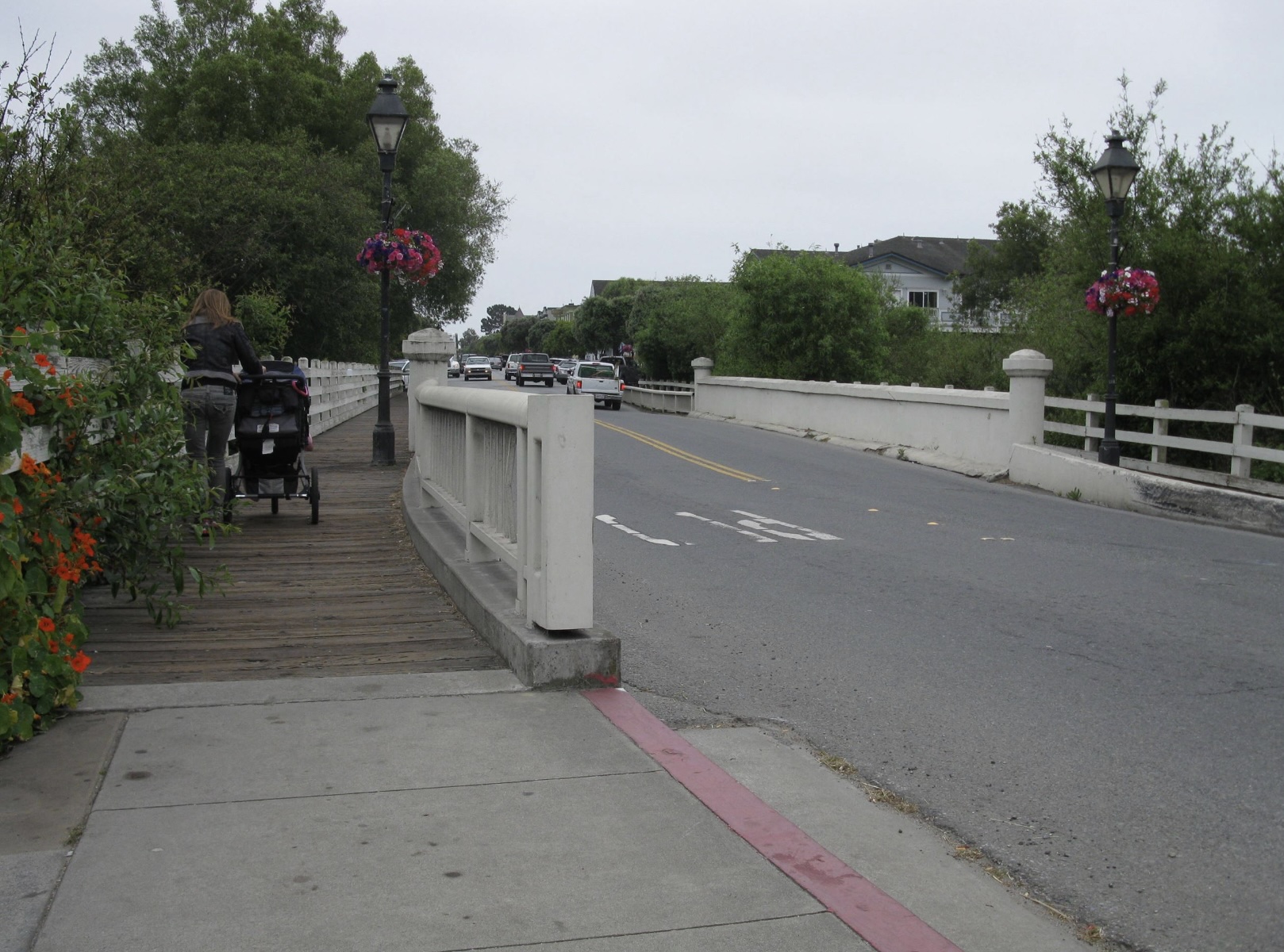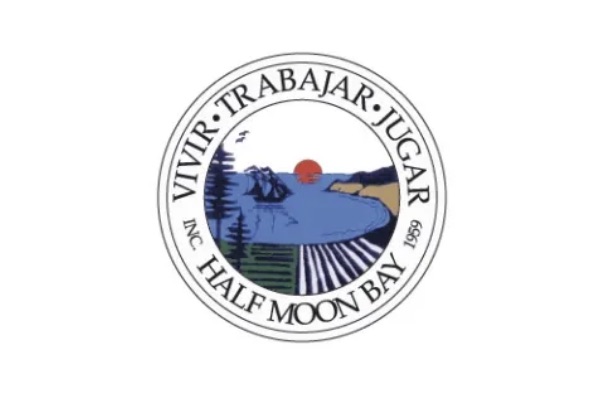|
Getting your Trinity Audio player ready...
|
VIDEO. Affordable housing? Downtown development? Viable agriculture? Watch (or listen) as the Planning Commission discusses Local Coastal Land Use Plan (LUP) Update with the public.
Missed the meeting? Watch the video and submit comments and questions by email.
Complete Agenda Packet for February 26th, 2019
SUMMARY
The PDs have not been comprehensively updated in over 25 years and involve complex planning challenges that have been consistent themes throughout the LUP update process, namely housing affordability, concentration of development downtown, habitat conservation and hazard avoidance, and supporting continued viability of agricultural operations. The draft Development Chapter presents a starting point for addressing these challenges through a fresh look at the PD areas. Staff would like to reiterate that this is a proposed draft and welcomes community and Planning Commission input. Next steps include finalizing the Introduction, Framework, and Public Works chapters as well as the theoretical buildout projections, and setting dates for additional Planning Commission study sessions.
BACKGROUND
This study session is one in a series of meetings with the Planning Commission for the purpose of receiving and providing input on public draft chapters of the LUP.
The City’s Planned Development (PD) areas have not been comprehensively considered or updated since the 1993 LUP. The December 2018 draft of the updated LUP Development Chapter takes a fresh look at master planning areas designated PD and revises certain allowed uses and maximum densities to address community and Coastal Act priorities and changed circumstances since 1993.
Concepts and strategies for the proposed PD revisions and updates derive from the General Plan Advisory Committee’s Guiding Principles, the Fall 2017 Planning Commission study session on land use policy and growth management, City Council priorities, and the 2018 Community Conversations on affordable housing. City staff presented this foundational framework in the staff report and presentation at the January 22, 2019 Planning Commission study session on the draft Development and Agriculture chapters, which also included a brief overview of the PDs. Following specific direction from the Planning Commission in 2017-2018, the draft Development Chapter explores a Transfer of Development Rights (TDR) program, takes a more holistic planning approach to PDs, suggests opportunities and incentives for affordable housing options, and generally facilitates development that will support a walkable, economically viable core downtown. This direction was considered by the Planning Commission Local Coastal Program Update ad hoc subcommittee and incorporated throughout the updated 2018 draft Development Chapter, including in the updated PD policies and approaches.
DISCUSSION
The purpose of this study session is to review and discuss specifics of the PDs as updated and revised by the draft Development Chapter of the LUP Update. A presentation will provide an overview of what is new to the PD planning approach and provide detail on the PDs one by one, as proposed in the draft chapter and compared to the policies of the existing LUP. The Policy Comparison Table for the Development Chapter, provided as Attachment 5 to the January 22, 2019 Planning Commission study session staff report, also contains this comparative information.
The Planned Development section of the draft Development Chapter begins with a discussion of the refreshed PD planning approach, followed by general policies that apply to all PDs. The 18 PDs are then presented one by one with narrative, policies, and visual diagrams specific to each area, grouped by location inside or outside of the Town Center and condition as substantially developed or substantially undeveloped.
PDs inside the Town Center that are substantially developed include:
• Stone Pine/Cypress Cove (previously Andreotti)
• Main Street Park
PDs inside the Town Center that are substantially undeveloped include:
• Podesta
• South Downtown Gateway (previously L.C. Smith Estate)
• Stone Pine Public Works and Conservation Corridor (new PD)
PDs outside the Town Center that are substantially developed include:
• Casa Mira (previously Miramar Beach)
• Pacific Ridge (previously Dykstra Ranch)
• Matteucci
• Ocean Colony (previously Half Moon Bay Country Club)
• South Wavecrest (previously part of Wavecrest Restoration Project)
PDs outside the Town Center that are substantially undeveloped include:
• Nurserymen’s Exchange
• Surf Beach/Dunes Beach
• Venice Beach
• Upper Grandview and Glencree (new PD)
• Carter Hill
• West of Railroad
• North Wavecrest (previously part of Wavecrest Restoration Project)
• Dolores (new PD)
In general, PD policies have been significantly revised with a holistic planning approach. As a means to better assess site constraints, and to estimate realistic buildout in a consistent manner, an approach using net land area is proposed for community and Planning Commission consideration. This method estimates the potential developable area of PDs by excluding Environmentally Sensitive Habitat Areas (ESHA) and associated buffers, existing public streets and access ways, watercourses and drainage easements, hazard zones (e.g. tsunami inundation zones, high fire severity zones, geologic instability and blufftop areas, and areas over 30% slope), areas above the 160-foot contour line, and parcels with development restrictions. A comprehensive site assessment evaluating and identifying these constraints is added as a requirement to initial master planning. Base densities are applied to the remaining net potentially developable area that are again focused on concentrating development within the Town Center, with a higher base residential density allowed within the Town Center boundary (up to 25 units per acre net land area) that outside the Town Center (up to 2 units per acre net land area).
As discussed at the January 22, 2019 study session, the Town Center is highlighted as the boundary for concentrating development to take advantage of existing available infrastructure and public services; create a vibrant, cohesive, and walkable core area; support a mix of economically viable businesses; and preserve agricultural and environmentally sensitive lands located outside of the Town Center. Development of infill and underutilized lots as well as redevelopment of sites or retrofit of existing buildings are envisioned as means to achieve these goals. Land uses and policies for Town Center PDs back these goals by allowing a higher residential base density with additional units permitted through TDR or density bonuses for affordable housing, encouraging a mix of residential unit types that provide affordable options, and supporting community and visitor-serving commercial uses. On-going maintenance and potential for infill and redevelopment is addressed for substantially developed PDs, particularly Stone Pine/Cypress Cove where there is potential for mixed use retrofit in the Stone Pine Center and development of the existing vacant parcels fronting Highway 92.
Outside the Town Center, policies for substantially developed PDs are replaced to reflect actual buildout and provide allowances and restrictions on additional development and substantial redevelopment. Notably, the Casa Mira PD is restricted from redevelopment without a new or revised master plan that addresses blufftop setbacks, shoreline armoring, beach access, and the Coastal Trail.
Substantially undeveloped PDs outside of the Town Center face significant challenges with protection of natural resources, prime agricultural land, visual resources, and buffers from habitat and hazard areas. Revised policies ensure that the permitted uses and densities compatibly fit after consideration of areas for coastal resource protection, stormwater management, public parkland, and hazard avoidance. Emphasis is placed on more affordable options for residential development, and lower-cost commercial recreation and overnight accommodations. The resulting net densities and intensities produce a more realistic buildout potential that considers community needs and land constraints. For example, the North Wavecrest PD has been significantly reduced in size and maximum buildout potential by removing City-owned Smith Field (re-designated City Parks) and several large land trust-owned parcels from the PD boundary (re-designated Open Space Reserve and Open Space for Conservation), as well as known sensitive habitat and blufftop hazard areas.
Finally, three new PDs are proposed in the 2018 draft Development Chapter: Upper Grandview and Glencree, Dolores, and Stone Pine Public Facilities and Conservation Corridor. Stone Pine Public Facilities and Conservation Corridor is established as a PD (formerly in Urban Reserve) to facilitate creation of an effective conservation corridor for the California red-legged frog, expansion of the City’s corporation yard, and potential alignment for a future span of the Pilarcitos Creek trail.
Upper Grandview and Glencree and Dolores are proposed as PDs in the draft Development Chapter to address existing planning challenges. Both areas meet the basic PD conditions of having paper streets, paper lots, and limited infrastructure. The Upper Grandview and Glencree PD is proposed as a mechanism to address the challenges of existing substandard lot sizes, accessing and using the upper portion of City-owned Glencree that is not incumbered by sensitive habitat, and the drainage courses at the top of Grandview through comprehensive PD master planning. Dolores is presented as a potential TDR receiver site from North Wavecrest lots to encourage preservation of North Wavecrest’s sensitive habitat and blufftop areas, and thus has a higher allowed residential density. Staff notes that there may be other ways to address these challenges and concerns, as recognized in public input already received on this topic. For example, Dolores could establish an Assessment District rather than be re-designated as a PD.
SUMMARY
The PDs have not been comprehensively updated in over 25 years and involve complex planning challenges that have been consistent themes throughout the LUP update process, namely housing affordability, concentration of development downtown, habitat conservation and hazard avoidance, and supporting continued viability of agricultural operations. The draft Development Chapter presents a starting point for addressing these challenges through a fresh look at the PD areas. Staff would like to reiterate that this is a proposed draft and welcomes community and Planning Commission input. Next steps include finalizing the Introduction, Framework, and Public Works chapters as well as the theoretical buildout projections, and setting dates for additional Planning Commission study sessions.





